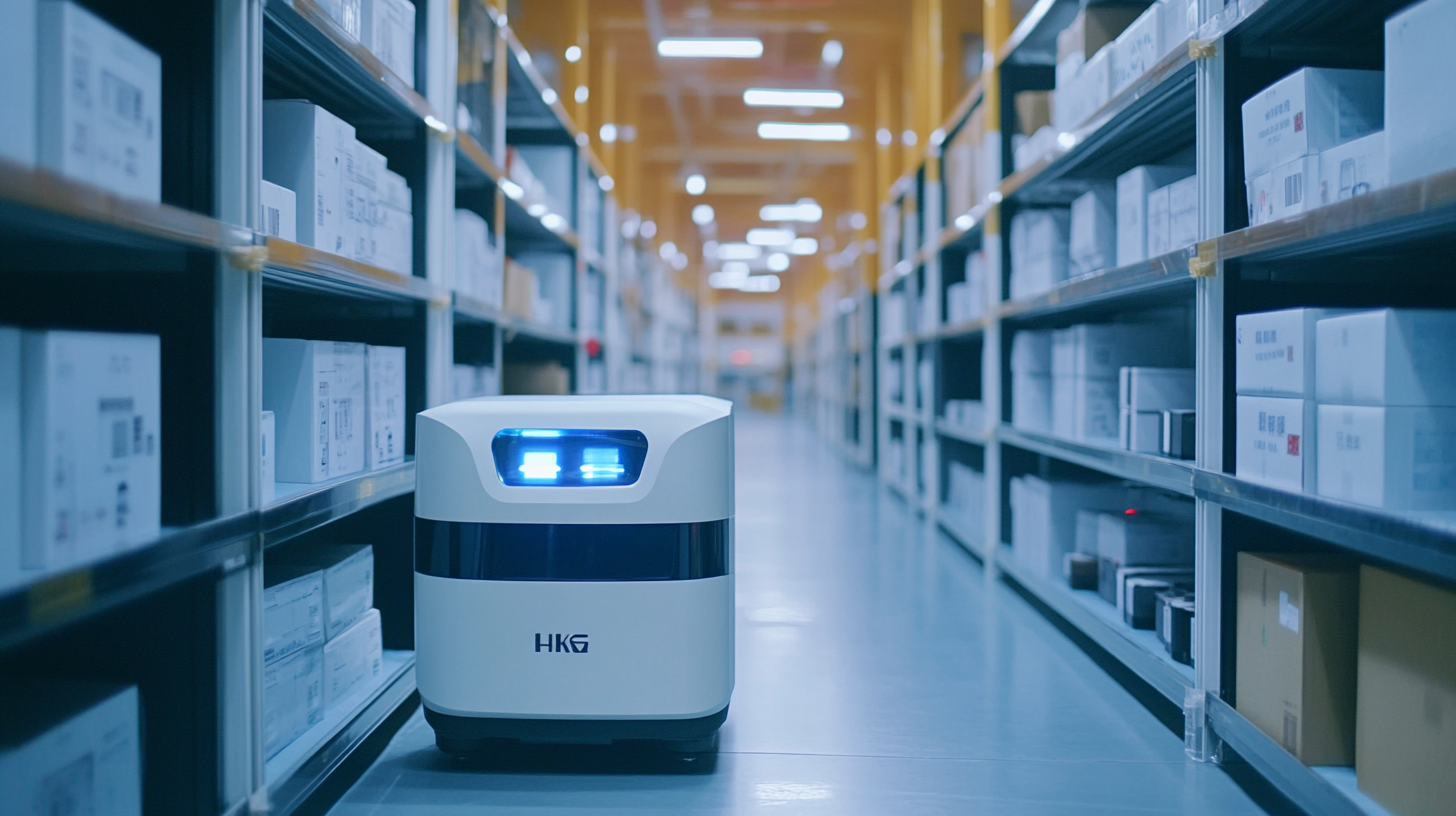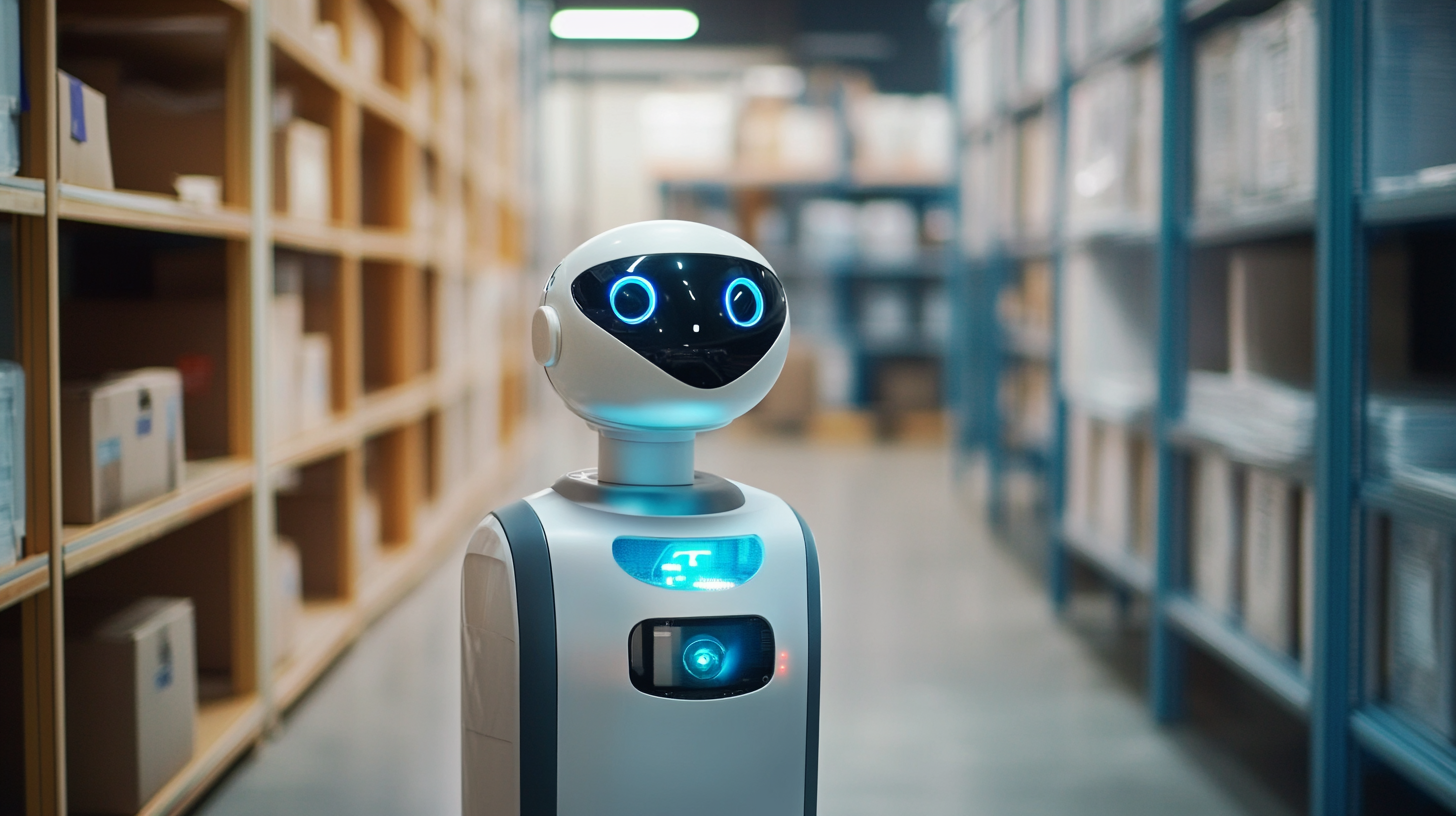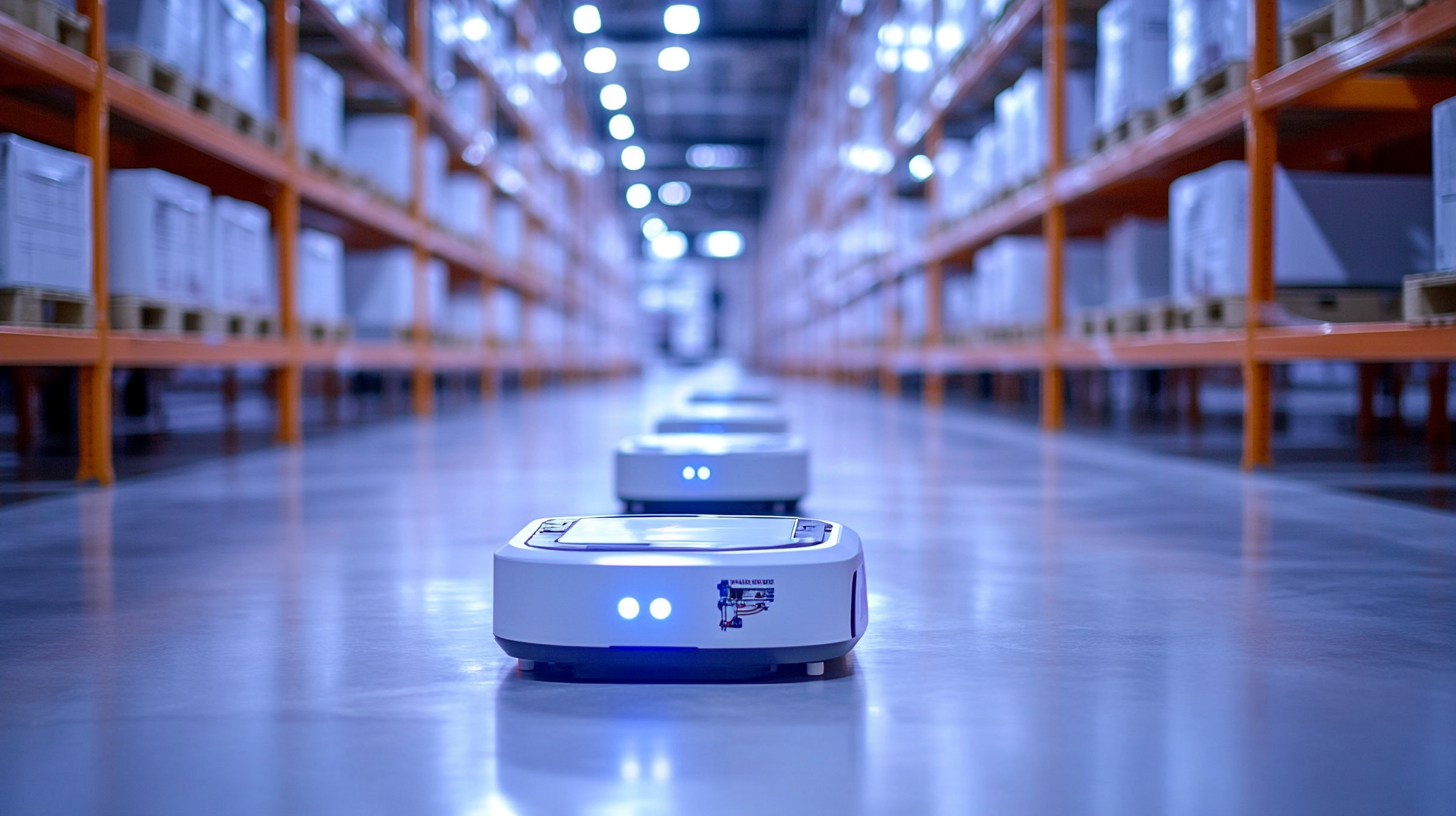

14, Raghava Enclave, Transport Road, Secunderabad, Hyderabad (500009)
©2024 All Rights Reserved by excitechrobot.com
In an increasingly competitive global market, procurement buyers are constantly on the lookout for ways to enhance efficiency and drive down costs. The advent of advanced technology has opened up new avenues for achieving these goals, with Robotics Solutions emerging as a groundbreaking component of modern supply chains. By automating repetitive tasks and streamlining processes, these innovative robotics solutions not only improve operational efficiency but also allow procurement professionals to focus on strategic decision-making and value-added activities.
As we delve into the transformative impact of robotics on global procurement, it becomes clear that the integration of these technologies is no longer a luxury but a necessity. From inventory management to data analysis, Robotics Solutions are proving to be indispensable tools for procurement buyers seeking to navigate the complexities of the supply chain landscape. This blog aims to explore the various innovative robotics solutions available today and the profound ways they are reshaping the role of procurement professionals in driving efficiency and competitiveness in their organizations.

The rise of robotics in procurement is revolutionizing global supply chains by enhancing efficiency and transparency. As companies continue to seek innovative solutions to optimize their operations, real-time data visibility is identified as a critical component in modern supply chain management. According to a recent report by the World Economic Forum, AI and robotics are driving transformative changes that streamline processes and reduce inefficiencies, positioning organizations to respond swiftly to dynamic market demands. In Germany, the National Circular Economy Strategy exemplifies the integration of sustainable practices into global supply chains. This strategy not only emphasizes the importance of sustainable methods but also showcases how robotics can be employed to enhance recycling and waste management processes. Advances in automation technology, including Autonomous Storage and Retrieval Systems (AS/RS) and intralogistics robots, offer practical applications that support these sustainability goals while improving productivity and reducing operational costs. Award-winning enterprises like Emirates NBD have also demonstrated the significant impact of procurement transformation through innovative robotics solutions. Their success at the Global Procurement & Supply Chain Awards highlights the growing recognition of technology's role in enhancing procurement operations. By leveraging advanced technologies, businesses can improve inventory management, optimize sourcing processes, and facilitate better decision-making, ultimately leading to more robust and resilient supply chains. As the landscape of global procurement continues to evolve, the combination of robotics and real-time data capabilities will be pivotal in shaping the future of supply chain management. Embracing these technological advancements allows companies to navigate challenges and seize opportunities in an increasingly complex global marketplace.

As global procurement continues to evolve, the integration of robotics solutions is proving to be a game-changer. A recent report from the International Federation of Robotics estimates that the adoption of robotic automation in procurement can lead to a 30% reduction in operational costs. These innovations not only streamline procurement processes but also enhance accuracy and speed, ultimately benefiting the bottom line of organizations.
One of the most significant drivers of robotics integration in procurement is the rise of AI-powered robotic process automation (RPA). According to a study by McKinsey, companies employing RPA can increase the efficiency of their procurement operations by up to 50%. RPA tools automate repetitive tasks such as invoice processing and inventory management, allowing procurement teams to focus on strategic initiatives. This shift not only accelerates processes but also minimizes the risk of human error, ensuring compliance and accuracy.
Moreover, advancements in machine learning and predictive analytics are transforming decision-making in procurement. Research from Deloitte indicates that organizations leveraging these technologies are 1.5 times more likely to report significant improvements in supplier negotiation and risk management. By utilizing robotics to analyze complex data sets, procurement buyers can make informed decisions quickly, responding agilely to market fluctuations and supplier performance trends.
In conclusion, as the procurement landscape becomes more competitive, the integration of innovative robotics solutions is essential for organizations aiming to enhance their operational efficiency and strategic capabilities. The potential for cost savings and improved decision-making represents a transformative opportunity for global procurement buyers.

In today's fast-paced business environment, procurement buyers are increasingly turning to innovative robotics solutions to drive cost savings and enhance operational efficiency. According to a report by McKinsey & Company, organizations that implement robotic process automation (RPA) can achieve cost reductions of up to 40% in procurement processes. This substantial saving comes from reduced manual labor, minimized errors, and the ability to allocate human resources to more strategic tasks.
Additionally, a study conducted by Deloitte indicates that 73% of organizations that adopted robotic solutions in their procurement departments reported significant efficiency gains. These gains are primarily attributed to the accelerated processing times for purchase orders and invoicing, which can be up to 80% faster. As robots take over routine and time-intensive tasks, procurement professionals can focus on supplier relationship management and sourcing strategies.
Furthermore, the deployment of robotics in procurement is linked to improved data accuracy. According to the Institute for Supply Management, data-driven decision-making enhances transparency and responsiveness in procurement, ultimately leading to a more resilient supply chain. With robots handling data entry and analysis, companies are not only saving costs but also gaining valuable insights into their procurement operations, enabling proactive decision-making and continuous improvement.

The integration of artificial intelligence (AI) into robotics is transforming the procurement landscape, making it more efficient and cost-effective. Companies like Taishin Financial Holdings are pioneering developments in generative AI, which includes advanced chatbots and virtual customer service systems tailored to enhance operational processes. These innovations are integral for procurement buyers who seek to streamline communication and knowledge management within their supply chains. By leveraging AI-driven tools, businesses can improve their interactions with suppliers and enhance the overall procurement experience.
Moreover, autonomous procurement systems from firms like Akira.ai and Zycus are reshaping how companies approach sourcing. These systems utilize AI to aggregate and analyze vast amounts of data, enabling buyers to make more informed decisions. As a result, procurement processes become not only quicker but also more strategic, focusing on long-term partnerships and sustainability. The applications of AI-driven robotics extend beyond mere efficiency gains; they empower organizations to reduce operational costs and respond agilely to market demands.
In the ever-evolving realm of procurement, the fusion of AI and robotics presents unprecedented opportunities for industry players. As highlighted by the advancements in China’s robotic industry, local leaders are keen on harnessing AI for competitive advantage. This suggests a broader trend where enhancing the capabilities of procurement through innovative robotics solutions will lead to a substantial transformation in the way products and services are sourced globally. The future of procurement is not just about automation; it’s about creating smarter systems that foster better relationships and drive profitability.
As global procurement buyers navigate an increasingly complex supply chain landscape, robotics technologies are emerging as transformative tools that promise enhanced efficiency and accuracy. Future trends indicate that we can expect robotics to become even more integrated into procurement processes, automating routine tasks such as inventory management and order processing. This shift not only reduces manual errors but also allows procurement teams to focus on strategic decision-making, ultimately driving better business outcomes.
Moreover, the advancements in artificial intelligence and machine learning are set to revolutionize how procurement buyers interact with robotic systems. With AI-driven analytics, robotics can provide real-time insights into purchasing patterns and supplier performance, enabling buyers to make data-informed decisions. This fusion of robotics and AI will empower procurement professionals to optimize their sourcing strategies, ensuring that they can adapt swiftly to market fluctuations and supplier challenges.
In addition, the rise of collaborative robotics, or cobots, signifies a new era in procurement. These robots are designed to work alongside human teams, enhancing productivity and fostering innovation in the workplace. As procurement becomes increasingly digital, cobots will streamline workflows and reduce bottlenecks, allowing organizations to respond more quickly to customer demands and market changes. The future of global procurement is not just about the technology itself, but also about how procurement buyers leverage these innovative solutions to create a more agile and resilient supply chain.
